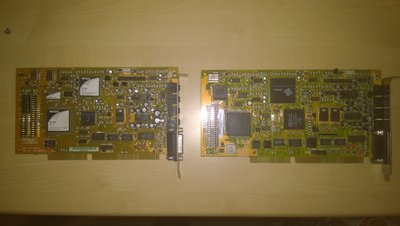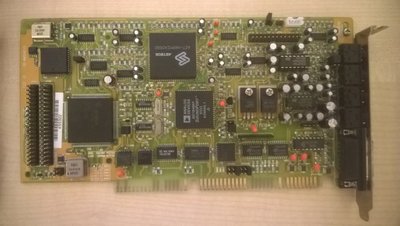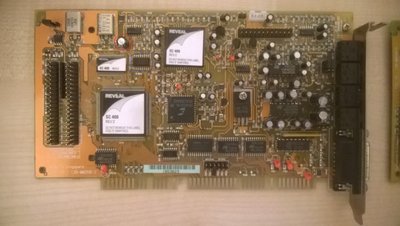First post, by chrisNova777
- Rank
- Oldbie
the following list is the options presented by Voyetra sequencer gold v4.10 setup configuration :
Which card do you wish to use for FM synthesis??
Adlib Adlib Gold ATI Stereo FX, VGA Stereo FX ATI Stereo FX CD AudioMaster/MediaMaster Aztech Sound Galaxy BX, NX Aztech Sound G […]
Adlib
Adlib Gold
ATI Stereo FX, VGA Stereo FX
ATI Stereo FX CD
AudioMaster/MediaMaster
Aztech Sound Galaxy BX, NX
Aztech Sound Galaxy NXPRO
Cardinal SOUNDvision/SOUNDstudio
CompuAdd Multimedia card
Covox SoundMaster II
Creative Labs SoundBlaster
Creative Labs SoundBlaster Pro
EliteGroup SUPERSOUND
IBM MusicFeature
Jovian Logic SONIA
Media Vision Audio Port
Media Vision PAS Plus/PAS 16/ CDPC
Media Vision Pro AudioSpectrum
Media Vision Thunder Board
MegaSound II
Microsoft Windows Sound System
theres a few in here i havent heard of but i think ive read about alot of the bigger names..
anyone have any opinions to share for those of us that dont have an FM card installed presently?
http://www.oldschooldaw.com | vintage PC/MAC MIDI/DAW | Asus mobo archive | Sound Modules | Vintage MIDI Interfaces
AM386DX40 | Asus VL/I-486SV2GX4 (486DX2-80) | GA586VX (p75) + r7000PCI | ABIT Be6 (pII-233) matroxG400 AGP


